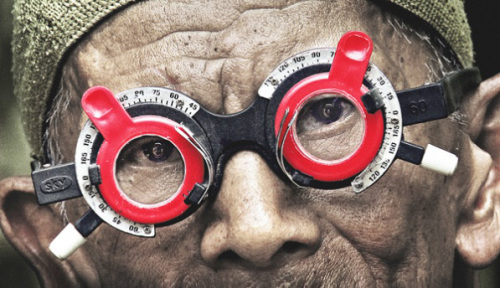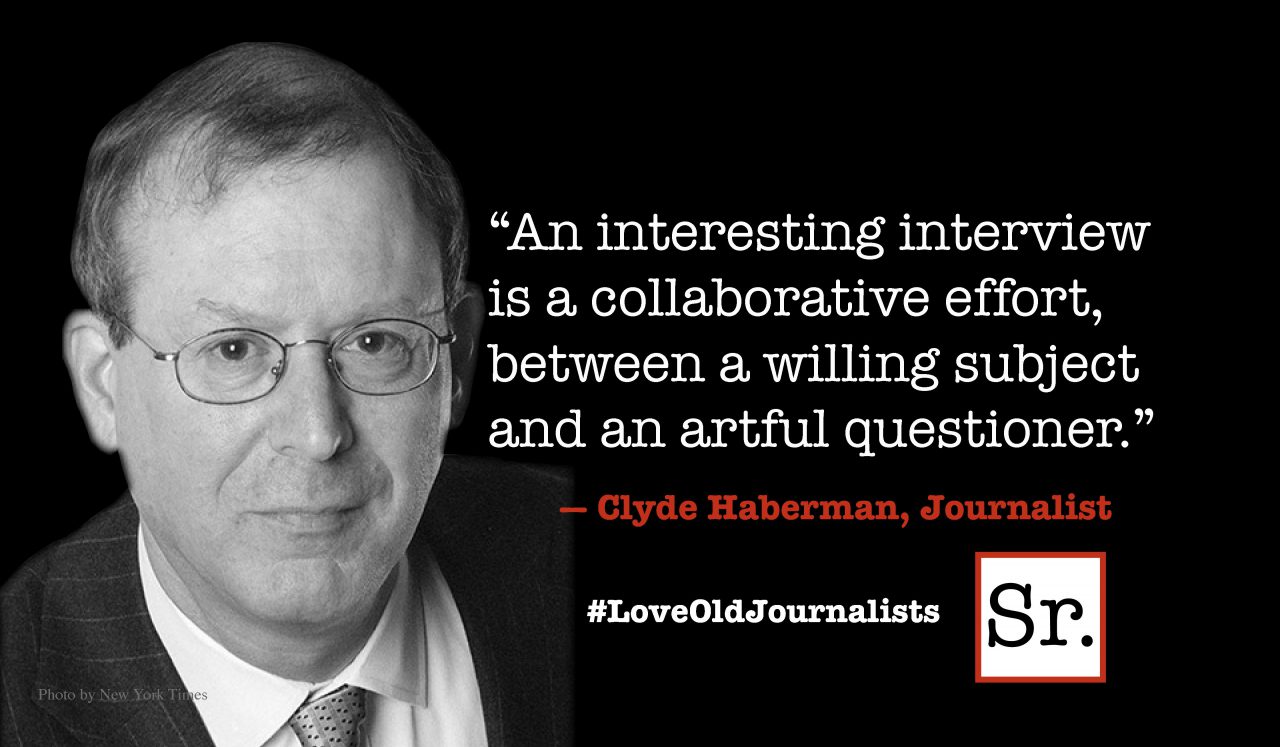An old man laughingly recalls strangling and eviscerating a bound captive — allegedly a communist — during the Indonesian genocide of 1965.
He’s talks proudly of being part of the death squads that, in the wake of a military coup, slaughtered nearly 1 million Indonesians — many of them his own neighbors — in less than a year. He claims the victims were all reds, but in fact there were relatively few communists. Most of the victims were unionists, intellectuals and farmers.
In 2013 documentarian Joshua Oppenheimer gave us the Oscar-nominated “The Art of Killing,” a ghastly yet profound experiment in which he approached former members of the right-wing death squads and gave them the wherewithall to make their own movies re-enacting the slaughter.
Costumes. Props. Fake blood.
“The Look of Silence” is the perfect companion piece, approaching the genocide from the perspective of the victims.
Ali Sumito is an optometrist who goes door to door in his province, testing his patients’ vision and writing prescriptions for eyeglasses. Ali was born two years after his older brother, Ramli, was murdered by the local death squad.
Now he studies Oppenheimer’s decade-old filmed interviews with the killers, looking for clues to his brother’s fate and trying to understand how such a thing could have happened. He talks to his aged mother about losing her son.
At age 44 Ali still has a pleasant, youthful countenance. Undoubtedly that helps him in his business. It also makes him seem inoffensive and non-threatening, allowing him to talk with his older male patients about their histories.
Despite his wife’s warning that asking too many questions might lead to his own disappearance, Ali plunges ahead with his quest.
It’s not like he’s seeking revenge for the brother he never knew. Indonesia is run today by the same men who ordered the slaughter. A huge wall of silence has been built over the last half century. There will be no justice — at least not in this lifetime.
Ali simply wants to understand why. Why did his neighbor happily slice the breast off a “communist” woman before killing her? Did another old fellow actually drink the blood of his victims as a way of avoiding guilt-induced madness?
Oppenheimer’s film has been cannily structured so that bit by bit the fate of Ali’s brother comes into focus. It’s even worse than one expects — the bleeding, emasculated Ramli was left for dead but made the superhuman effort to return to his parents’ home. The next day the death squad showed up to “take him to the hospital.” He never made it.
Oppenheimer follows Ali’s young son to school where the teacher presents the killings as a great heroic undertaking. The head of the Indonesian house of representatives is a neighbor of Ali — and a former death squad leader. He proudly answers Ali’s questions until he realizes that his interviewer is the sibling of a victim. Then he wants to know Ali’s full name and residence. The optometrist wisely declines to answer.
“If you keep making an issue of the past it will definitely happen again,” the politician says.
Most of Ali’s subjects toe the party line that the killings were a “spontaneous action of the people,” that they were about good Indonesians rising up to take care of the negative influences in their midst.
“I think you are avoiding moral responsibility,” Ali — who is never anything but polite — tells one old fellow. The indignant gent accuses Ali of being a secret communist:
It’s all terribly distressing, but at least there’s hope. Interviewing one former killer with his grown daughter present, Ali gets the man to admit his role in the genocide. This is news to his daughter, who now looks at her father with different eyes. She apologizes on behalf of her entire family. Ali responds by hugging both her and the old man.
How many of us could do the same?









